In the Tarn-et-Garonne region (France), the Beaulieu-en-Rouergue abbey houses a rich collection of contemporary art. This atypical space is the work of Geneviève Bonnefoi and Pierre Brache, a husband and wife team who bought and preserved the abbey in the middle of the last century to turn it into an art center.
After their bequest to the Centre des Monuments Nationaux, three years of work were carried out to restore the abbey and enhance the collection. Now reopened to the public, this timeless place awaits you for a moment of contemplation in the middle of old stones. A look back at the unusual history of an abbey that is not quite like any other…
Article produced in partnership with Tarn-et-Garonne Tourisme
Summary
The history of a Cistercian abbey…
Beaulieu Abbey was founded in the 12th century by the bishop of Rodez, Adhemar III. The first monks settled here because of the presence of a river and adopted the Rule of St. Benedict with a way of life that respected the vows of poverty and humility, which explains the very sober and refined architecture of the abbey.
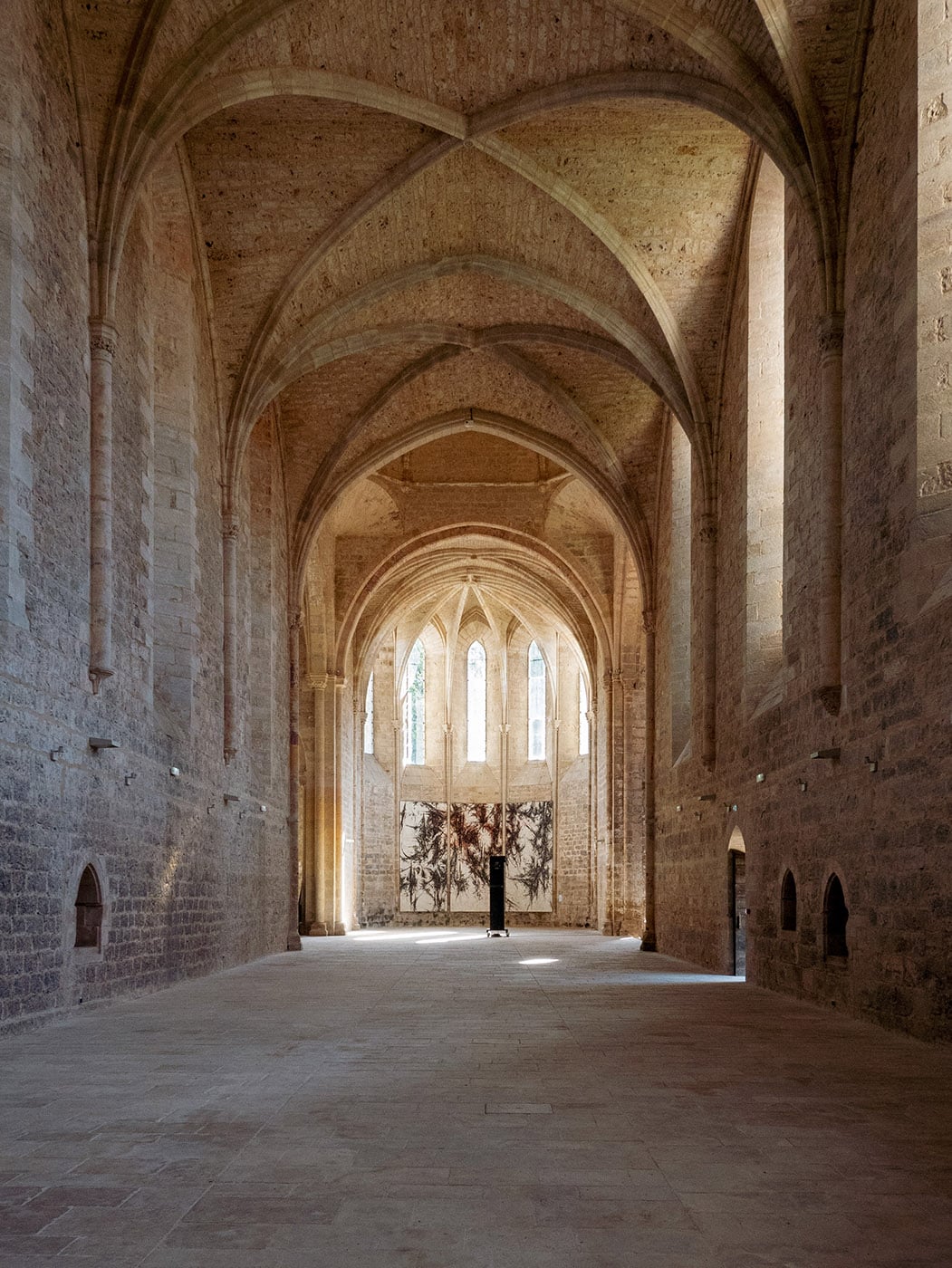

In the 16th century, the tranquillity of the abbey was challenged by the wars of religion between Protestants and Catholics: Beaulieu-en-Rouergue was ravaged, forcing the monks to flee for a time. This destruction, combined with a change in the organization of the abbey, marked a turning point in its history. Indeed, if formerly the abbot was elected by the monks, Beaulieu-en-Rouergue passed under the regime of commendation where the abbot was chosen by the King. This new mode of operation was the cause of profound changes in the architecture of the abbey, introducing a more comfortable way of life. The dormitories were transformed into individual rooms, sometimes decorated, far from the original sober style.
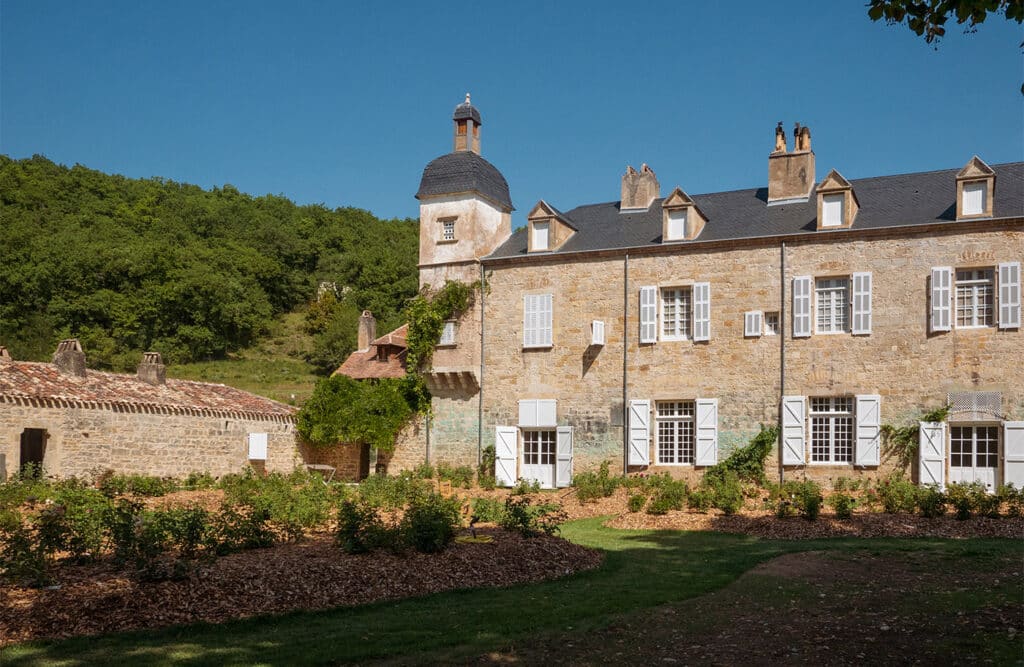
The French Revolution marked the end of the monastic period in Beaulieu-en-Rouergue. Sold as national property to a magistrate, the abbey was bequeathed to the town hall of Saint-Antonin at his death. In 1842, Viollet-le-Duc planned to move the abbey church stone by stone to this village, the roof and framework were dismantled but the project was stopped due to a lack of funds. The abbey was sold and transformed for a time into a farm, a function which had the merit of preserving it from destruction but which nevertheless damaged it.
…that became a contemporary art center
The rebirth of Beaulieu Abbey came in 1959 when Pierre Brache and Geneviève Bonnefoi, on vacation in the region, fell in love with the abbey, which was nevertheless in a state of ruin.
It was love at first sight and, at the same time, a heartbreak. The church looked like a shipwrecked vessel. Yet it had such an abstract rigor and purity that it could have been the work of an actual architect – a genius architect, of course.
Geneviève Bonnefoi

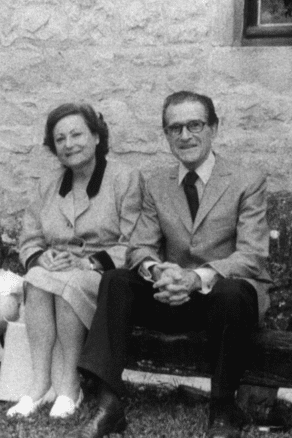
The couple, who are lovers of contemporary art, plan to use it as a place to exhibit their collection. Pierre Brache and Geneviève Bonnefoi bought the building and undertook major restoration work by selling a piece of Brancusi art they had bought at a ridiculously low price a few years earlier, which enabled them to finance the work. Thus, in the 1970s, the first contemporary art center in the region opened in Beaulieu.
In 1973 the couple separated but, to ensure the continuity of their project, they bequeathed the abbey and part of their art collection to the Centre des Monuments Nationaux. When Pierre Brache died in 1999, he bequeathed his personal collection to his ex-wife, Geneviève Bonnefoi, who in turn donated the entire collection of nearly 1300 works to the Centre des Monuments Nationaux upon her death in 2018.
Over the past three years, the Centre des Monuments Nationaux has carried out major restoration and development work to present part of this rich collection in the abbey. Reopened to the public last June, the abbey of Beaulieu-en-Rouergue is now an important place for contemporary art in Tarn-et-Garonne.
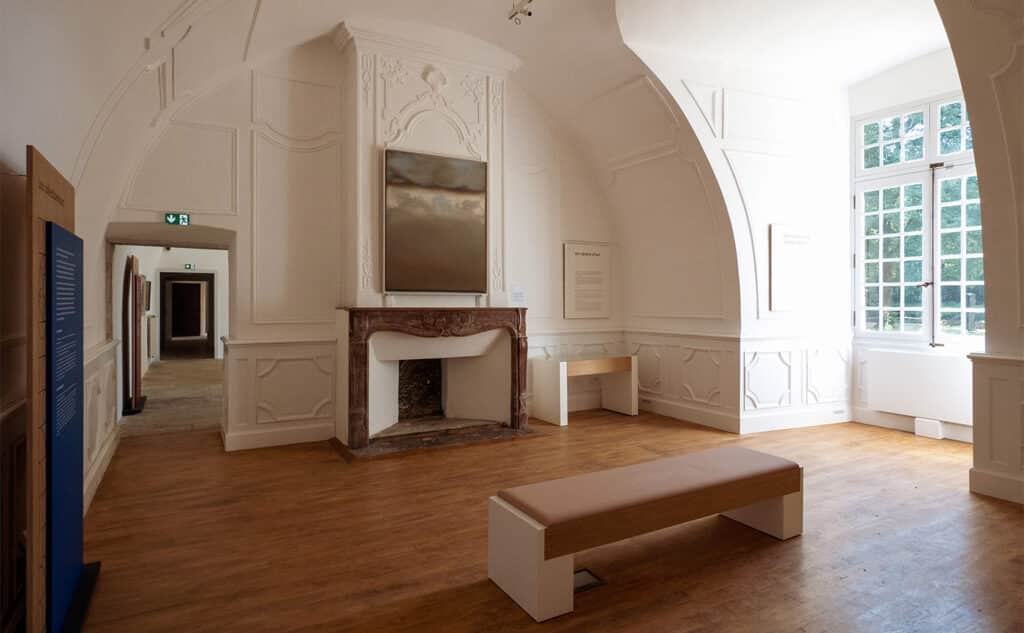
Dubuffet, Hantaï, Hartung and many others exposed in the abbey
This rich and beautiful collection is on display in the former dormitory, where works by Michaux, Hartung, Dubuffet, Zaö Wou-Ki, Hantaï and Vasarely can now be admired.
Numerous local artists are also presented, as Geneviève Bonnefoi was keen to support local painters.
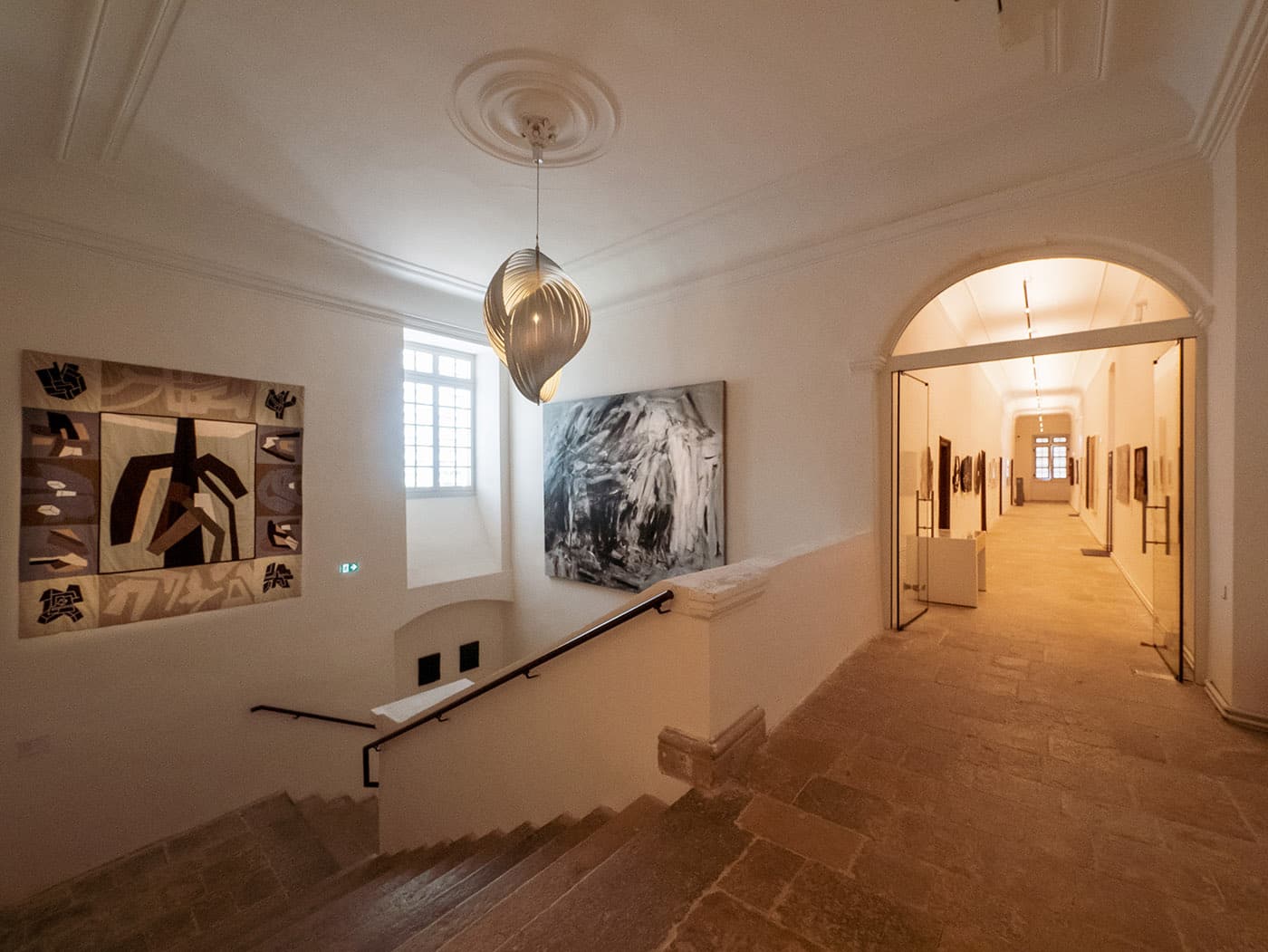
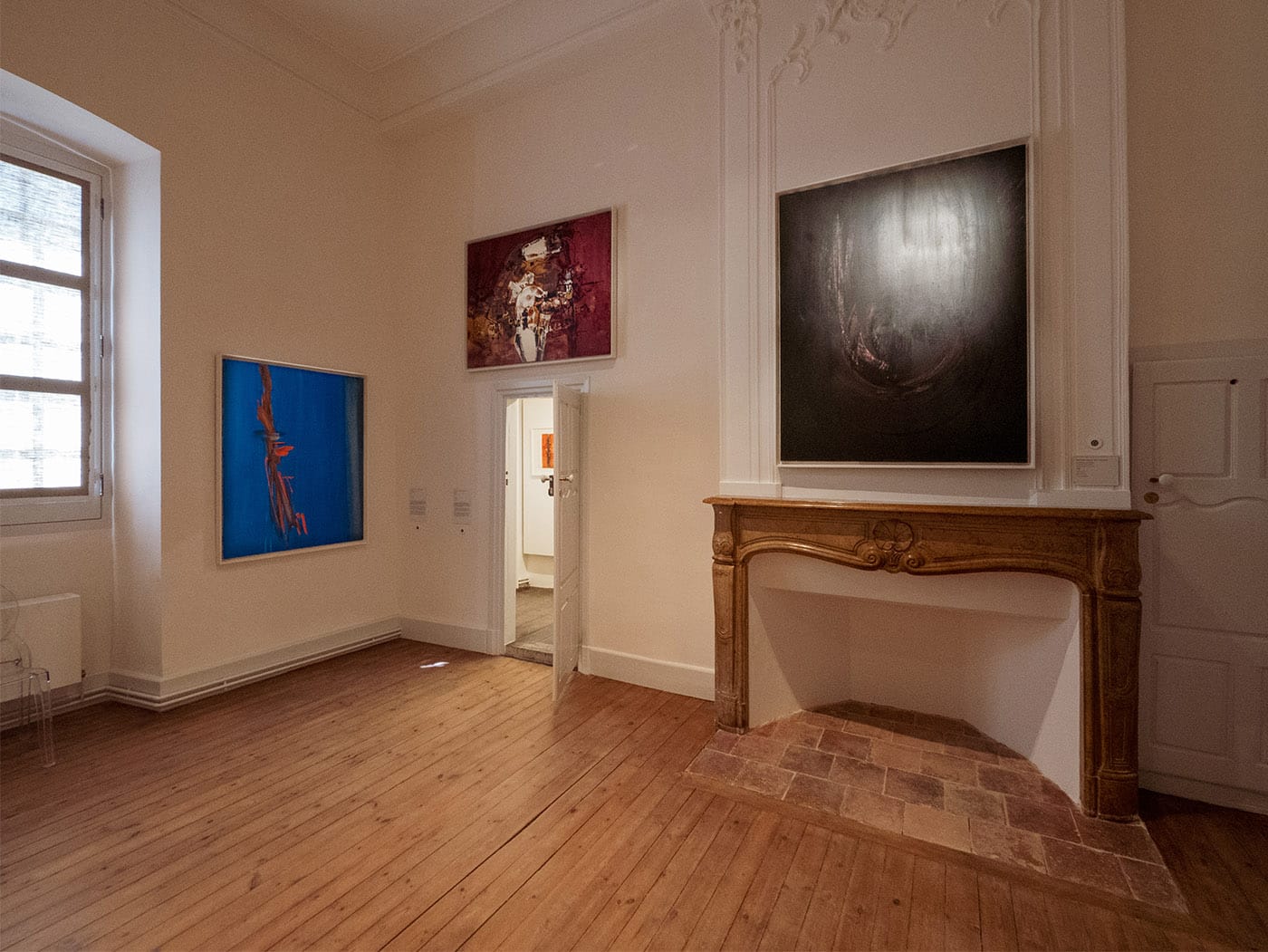
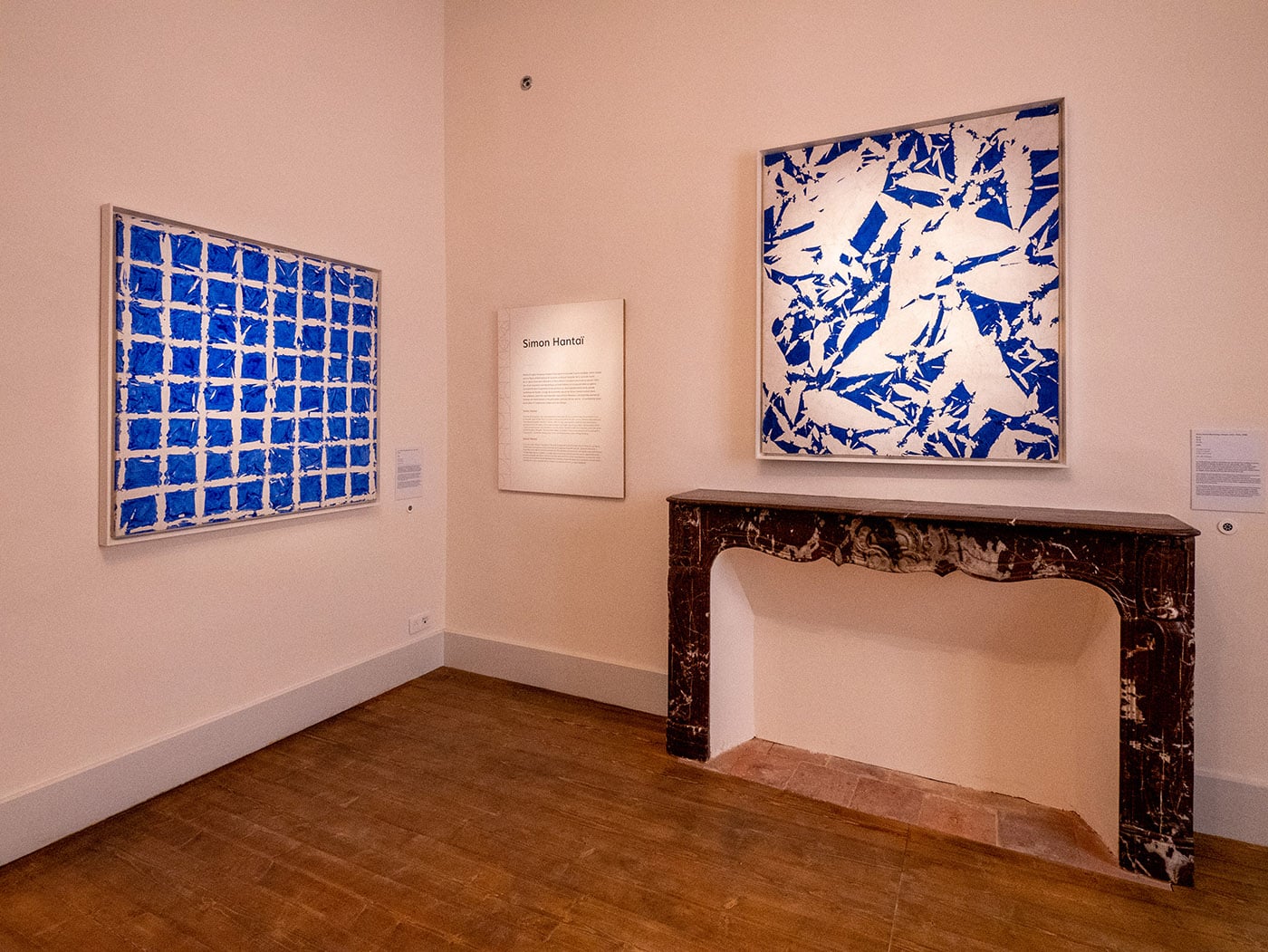
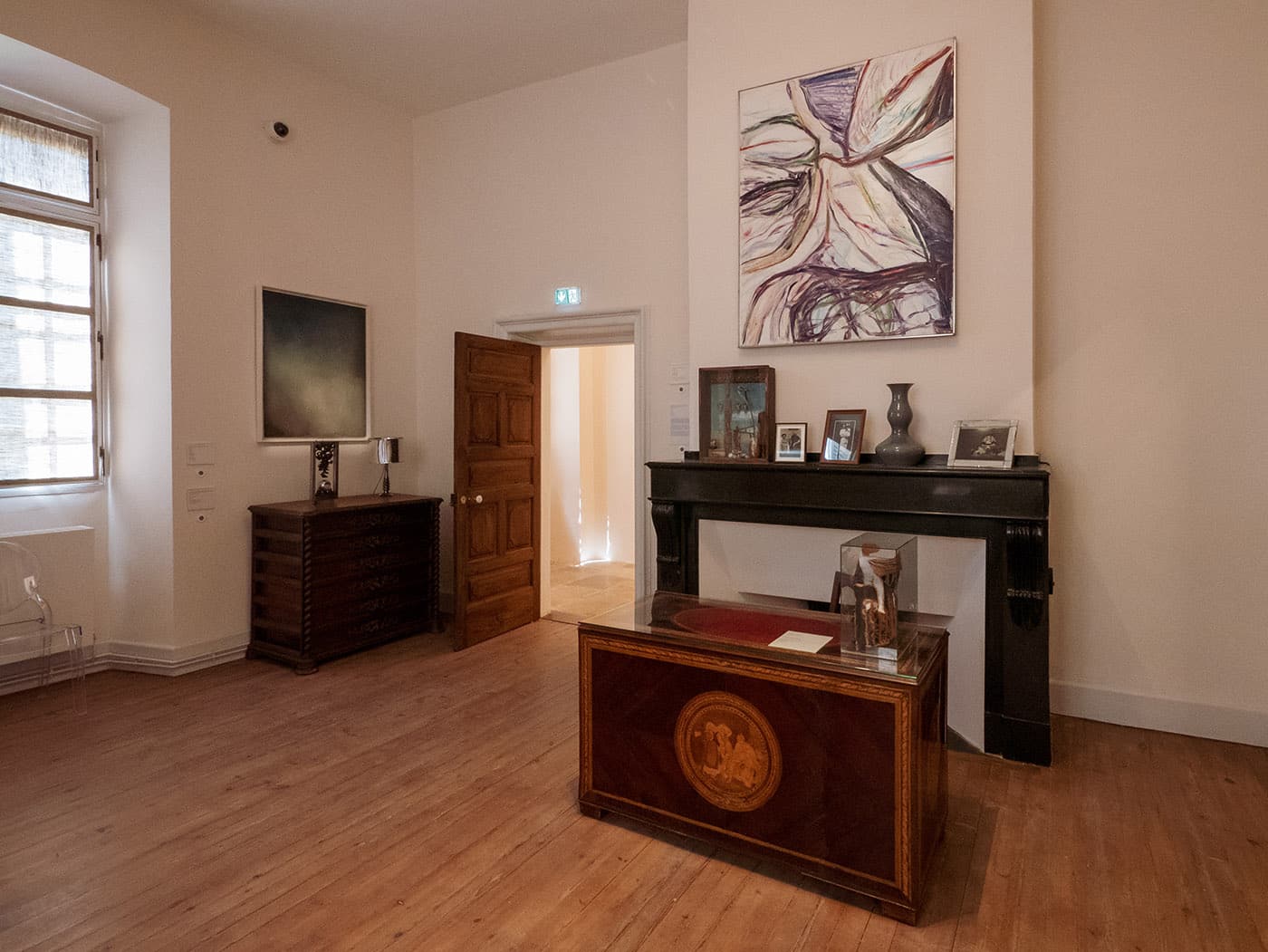
At the end of the visit of the museum part, a staircase allows to reach the abbey church and to enjoy the beauty of the monument.
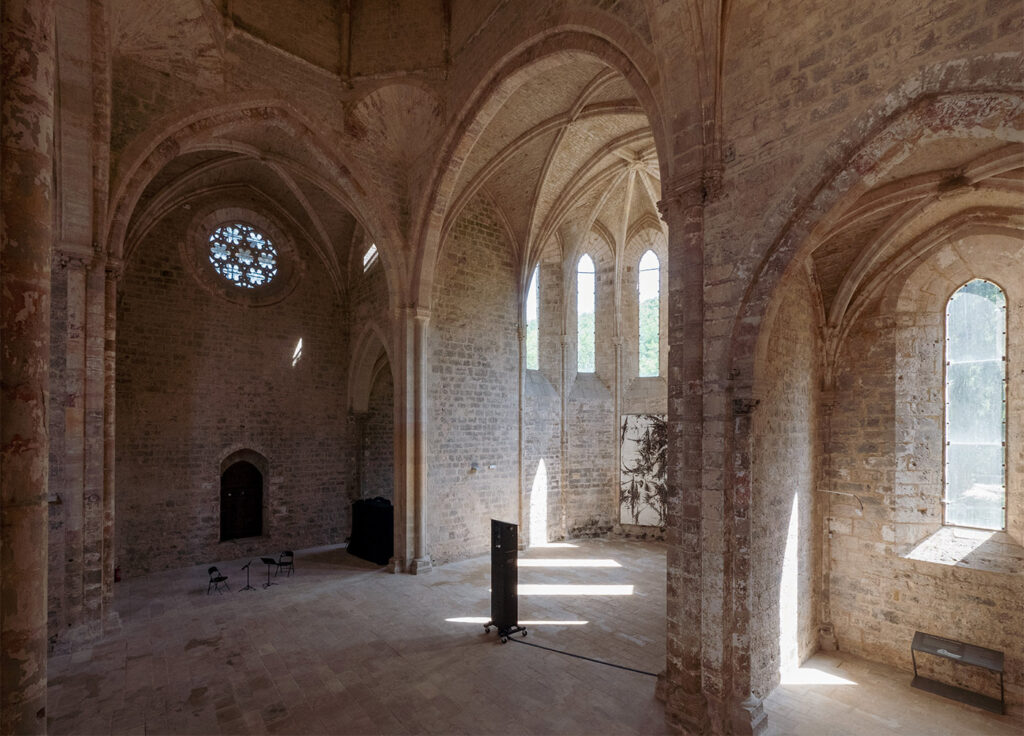
During your visit, don’t miss a walk in the garden surrounding the abbey to enjoy a moment of peace and quiet.
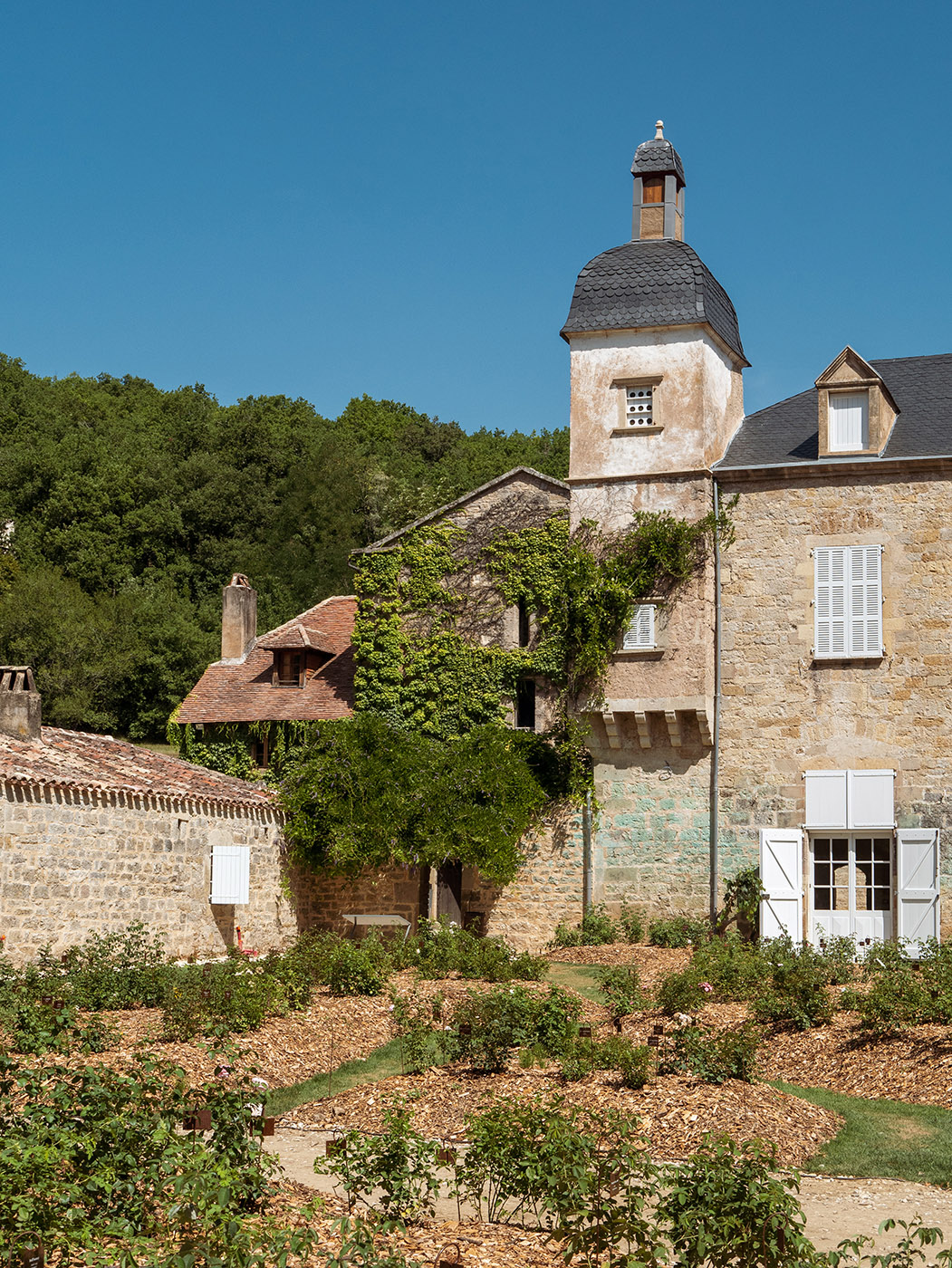

Useful informations
Adress:
Beaulieu-en-Rouergue abbay
Lieu-dit de Beaulieu
82330 Ginals (France)
Opening hours:
From June to September : every day from 10 am to 6 pm
From October to December and from February to May : every day except Mondays and Tuesdays, from 10am to 12:30pm and from 2pm to 5pm
Closed in January
Website:
https://www.beaulieu-en-rouergue.fr/
Price:
Single price 6 €.
Free for people under 25, disabled people and their companions, job seekers and holders of the education pass
Article realized in partnership with Tourisme Tarn-et-Garonne





No Comments
Leave a comment Cancel